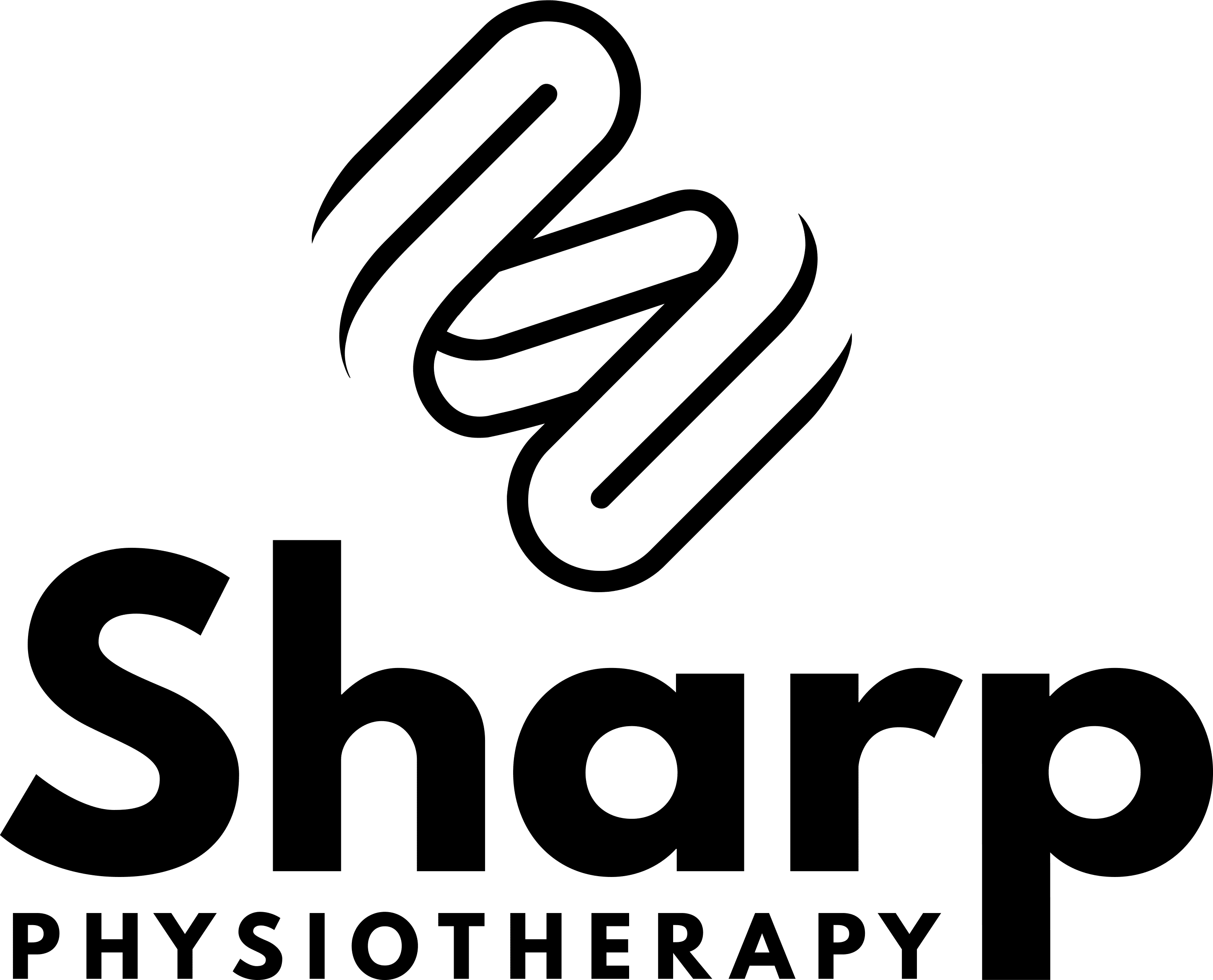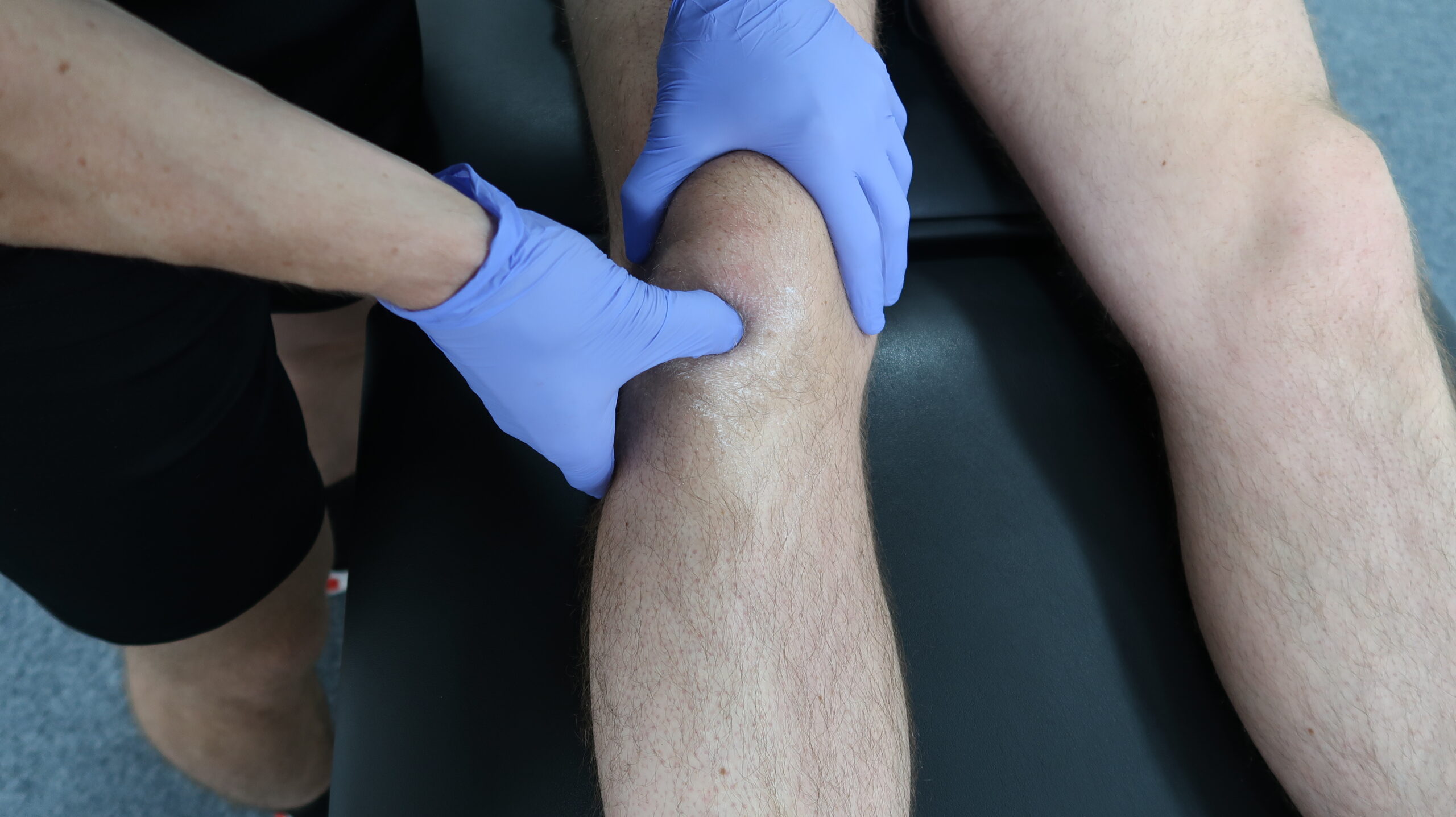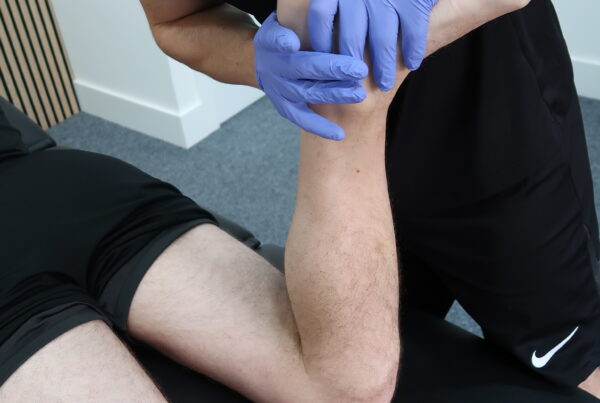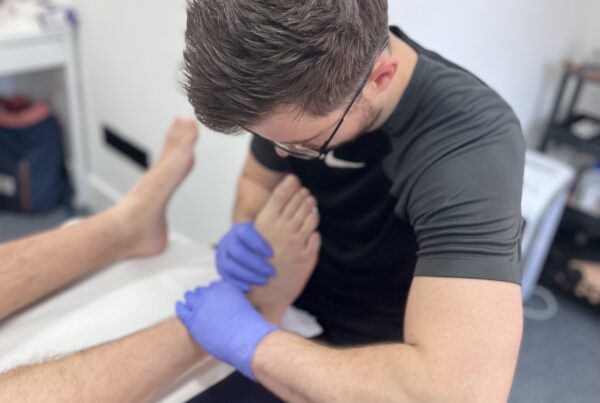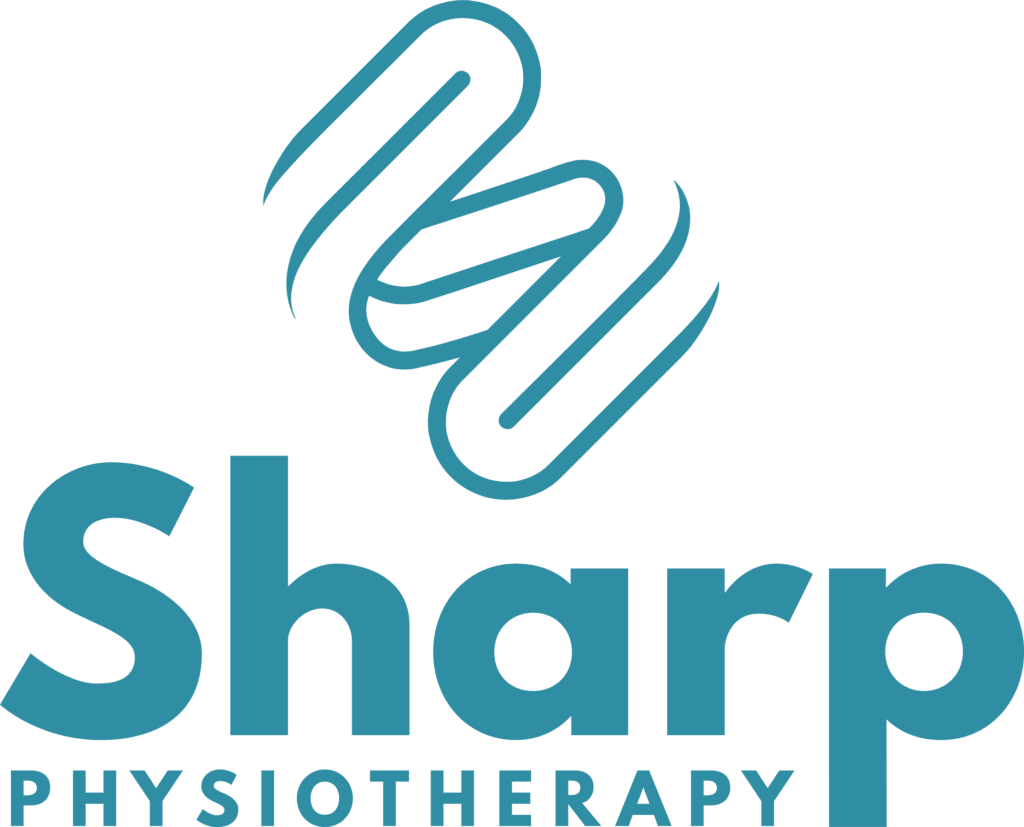Knee pain affects people of all ages and activity levels, and the types of injuries will vary in nature and severity.
However, most knee injuries are atraumatic which means that there has not been any specific trauma such as a direct contact or twist, and this type of injury accounts for around 80% of the knee injuries we see at the Sharp Physiotherapy Clinic.
There is always a reason for pain and identifying the root cause of the injury is paramount if you want to effectively treat the main site of pain and prevent future reoccurrences.
So, what causes atraumatic knee pain?
The knee has 2 angry neighbours, one is the foot and the other is the hip, and abnormalities at either of these 2 joints will often affect the knee.
The 2 functions of the feet are to shock absorb and act as a rigid lever to propel the body forwards, and this is achieved by locking and unlocking of the foot and ankle bones as they make contact with the ground.
Failure for the foot to achieve its two main functions at the correct time in the gait cycle causes abnormal loading, and as a result, the foot joints move through abnormal ranges of movement.
This can cause soft tissue and joint irritation due to incorrect mechanical loading and undesired overuse of muscles and tendons.
Furthermore, rotatory stresses will be transferred up the limb (kinetic chain) to the knee, hip and lumbar spine.
Flat feet vs high arch
People with flat feet are often referred to as “over pronators” and those with high arches are referred to as “supinators”, and both pronation and supination is vital for allowing both functions of the foot.
The movement of pronation unlocks the foot and allows the bones to become loose and mobile so that they can absorb shock and adapt to uneven surfaces. From this position, the foot must return to a position of supination to become a propulsive lever and propel the body forwards.
Excessive pronation or supination at the incorrect time of the gait cycle will increase the rotatory forces at the knee, causing malalignment of the joint and abnormal loading of the joint surface, tendons and other soft tissues.
Common areas to become painful are the iliotibial band (runners knee), patello-femoral joint (PFJ syndrome), patella tendon, joint cartilage and the fat pads.
Common symptoms include:
- Knee pain that gets worse with movement.
- Pain running for a certain amount of time or distance.
- Pain moving up and down stairs.
- Discomfort sitting with the knee in a bent position.
- Night pain.
- Swelling in the knee
In many cases, the knee pain is the symptom with the underlying cause is being at the foot and ankle, and failure to identify and correct the underlying cause will lead to prolonged and worsening knee pain. Not addressing the underlying cause is the number one reason why most people 40+ are experiencing knee pain for longer than they should.
Can orthotics improve knee pain?
Orthotics are an excellent way of supporting the foot and ankle and reducing any rotatory forces being transferred to the knee, hip or lower back.
A full biomechanical assessment and foot scan will identify whether an orthotic is required and if so, a prescription orthotic can be designed and prescribed for the individuals specific needs. A prescription orthotic will take in to consideration your exact requirements, your footwear and your lifestyle.
Buying insoles or orthotics online can very often cause more harm than good as they have not been prescribed specifically for your feet and do not take in to consideration your injury, your footwear or your exercise levels. Where possible, a 3D foot scan should be used to gain an exact profile of your foot and from there, a bespoke orthotic can be prescribed.
To learn more about how orthotics can improve your biomechanics and reduce pain, please click here.
“You cannot build a house on sand”
The foot and ankle is a highly complex ‘organ’ of balance and propulsion, and acts as the foundation for the rest of the body.
When treating knee pain that has developed without trauma, the foot and ankle should always be assessed to identify any biomechanical anomalies that could be predisposing the knee to abnormal stresses.
Addressing and controlling any these anomalies, usually with an orthotic, will promote healthy biomechanics and add significant value to a person’s life by offering a longer-term solution to managing knee, hip and lower back pain, without the use of painkillers, injections or surgeries.
Joe

